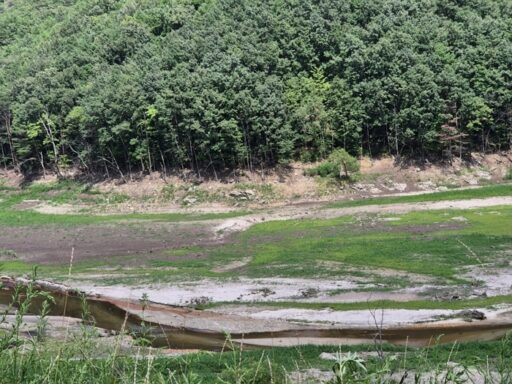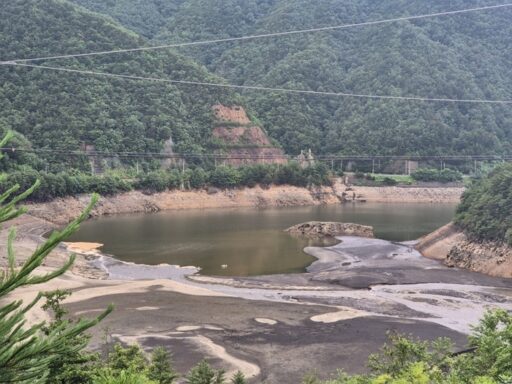Gangneung Drought Severe, Government to Implement Alternative Water Supply Measures
The drought situation in Gangneung City, Gangwon Province has reached a serious level, prompting the government to take emergency measures.
On the 21st, the Ministry of the Interior and Safety urgently held a 'Joint Drought Task Force (TF) Meeting' with related agencies and decided to pursue a plan to supply alternative water by gradually drawing water from neighboring local governments.

As of the 21st, the water level in the major water source of Gangneung City, Obong Reservoir, is only 20.1%.
The cumulative precipitation in this area over the past six months has reached only about 50% of the average level, and there is no forecast for sufficient rainfall that could help alleviate the drought, making the situation even more severe.
Consideration of Utilizing Dead Water as Emergency Measures
The government is even considering utilizing the 'dead water' in Obong Reservoir for drought response. Dead water refers to the water volume from the minimum usable water level to the bottom of the reservoir, and it is generally mixed with sediment at the bottom of the dam and is unusable. This indicates how urgent the water shortage situation is in the Gangneung area. Generally, this water is unusable as it is mixed with sediment at the bottom of the dam.
Gangneung City has already implemented restricted water supply in most areas and is conducting various measures such as limiting agricultural water supply, water-saving campaigns in public institutions, and other efforts, but these measures have been insufficient to resolve the drought.

Obong Reservoir is already exposing its bottom, making it urgent to prepare additional measures.
Joint Response Measures by Government Agencies
Related agencies, including the Ministry of the Interior and Safety, the Ministry of Environment, the Ministry of Trade, Industry, and Energy, the Ministry of Agriculture, Food and Rural Affairs, Gangwon Province, and Gangneung City, are actively reviewing alternative water supply measures such as utilizing raw water from neighboring local governments and dead water.
In particular, the water development project for Namdaecheon, which is being promoted with budget support from the Ministry of the Interior and Safety, is planned to supply 10,000 tons of river water from Namdaecheon to Obong Reservoir daily as soon as it is partially completed by the end of this month. In addition, there are plans to provide additional drinking water to secure domestic water.
Drought response officials stated that they will prepare comprehensive response measures in anticipation of the possibility that the water shortage situation in the Gangneung area may persist for a prolonged period and will continue efforts to minimize inconvenience to citizens.
Image source: On the afternoon of the 12th, the bottom of Obong Reservoir and the nearby rivers in Seongsan-myeon, Gangneung City, Gangwon Province, are exposed. On this day, the water level of Obong Reservoir was at 25.4%, and Gangneung City planned to decide on activating the disaster safety headquarters and implementing restricted water supply through a meeting that afternoon. 2025.8.12 / News1. On the 15th, the area around Obong Reservoir in Seongsan-myeon, Gangneung City, Gangwon Province. Despite rainfall the previous day, the reservoir water level remains low, and the flow rate of nearby rivers has not significantly increased. According to the Rural Community Corporation, on this day, the water level of Obong Reservoir was at 27.1%, which was not significantly higher than the previous day (26.7%). 2025.7.15 / News1.


